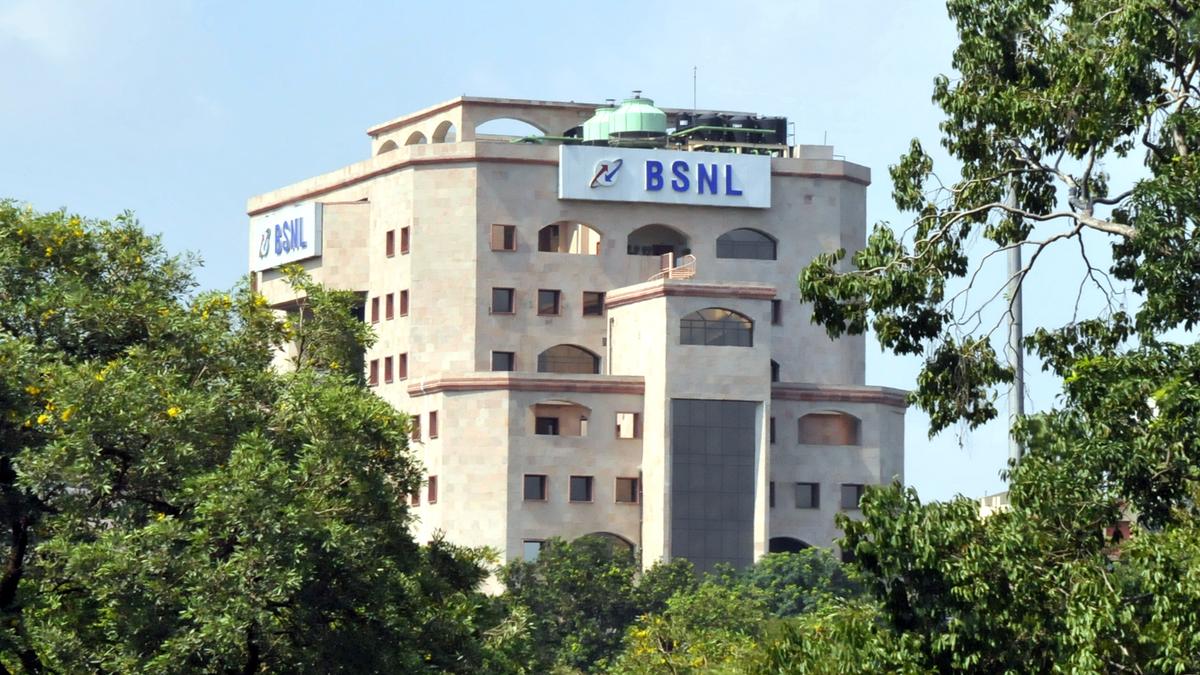The adage “small is beautiful” is finding new relevance in India’s nuclear energy sector, drawing in even rank outsiders to explore the technology. Bharat Sanchar Nigam Ltd (BSNL), the State-owned telecom giant, which is tottering in its own business, has expressed interest in the field.
Yes, you read it right. BSNL wants to take a nuclear plunge.
BSNL is among several entities responding to a ‘request for proposal’ (RFP) issued by the Nuclear Power Corporation of India Ltd (NPCIL) for setting up two 220 MW Bharat Small Reactors (BSRs) as captive power units.
In its response, BSNL submitted several queries, including whether reactors of capacity below 220 MW can be installed, the minimum land requirement, the feasibility of using urban land for the plant, entitlement to carbon credits and potential government funding support.
Terms of business
NPCIL clarified that the proposed reactor capacity is fixed at 220 MW, and land requirements are detailed in the RFP. The suitability of city sites would be evaluated by the Atomic Energy Regulatory Board (AERB). Regarding funding, NPCIL stated that financing is the responsibility of the project developer, while it remained silent on carbon credit entitlements.
For now, BSNL and others interested in smaller capacities will have to wait. India is still developing next-generation technologies, like the 50 MW Bharat Small Modular Reactor (BSMR), a 5 MW (approximately 2 MWe) gas-cooled micro modular reactor (GCMMR), and other innovations, as part of its broader goal of achieving 100 GW of nuclear power by 2047.
India Inc’s interest
Meanwhile, the RFP has drawn interest from a wide spectrum of India’s public and private sector groups/corporates, including the Indian Railways (via REMC Ltd), Tata, Reliance, Adani, Aditya Birla, Torrent, Vedanta, Godrej, JSW, ITC and BHEL.
Nearly 687 queries have been submitted.
Some of the key issues raised include:
Transfer of ownership of the nuclear asset to NPCIL for a token amount of ₹1, and its implications on financing and taxation.
The RFP’s reliance on data from a 15-year-old 2×200 MW plant in Rajasthan, which cost ₹2,361.81 crore, for project cost estimation (NPCIL responded that updated data would be shared after the signing of a non-disclosure agreement).
Reduction of the exclusion zone from 1 km to 0.5 km, and its utilisation (NPCIL clarified that the land could be used for solar/wind power projects, subject to hazard assessments and regulatory approval).
High cost of operations and maintenance, including the need for developers to meet the cost of spent fuel management, even though the fuel remains the Department of Atomic Energy’s property.
Expertise fee of 60 paise per kWh payable to NPCIL.
NPCIL will be the plant operator under the Civil Liability for Nuclear Damage Act, 2010, and will handle compliance through insurance or financial security, reimbursable by the promoter.
Low plant load factor (PLF) of 68.5 per cent mentioned in the RFP (NPCIL stated this is expected to be revised to 72.5 per cent, and actual performance is likely to be higher, based on historical data).
NPCIL also clarified that project promoters may propose multiple locations across different States; additionally, an amendment to the Electricity Rules to allow captive consumption of nuclear power is under consideration.
It will be interesting to see how many of the business groups will go ahead, even as some argue that the RFP conditions are loaded in favour of NPCIL.
(The writer is a senior business journalist based in Chennai)
More Like This
Published on June 1, 2025




